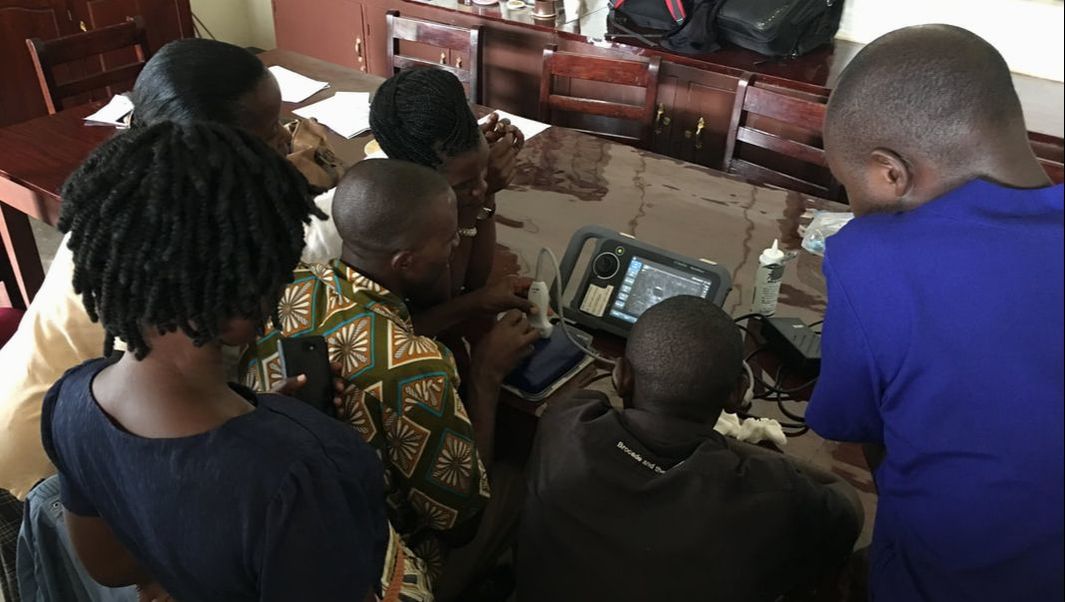"ECPs can be trained in 2 years, whereas it would take nearly a decade and…
A Team Comes Together
Written by Caleb Dresser, GECC Program Director
It’s been ten months since the Junior Emergency Care Practitioners (ECPs) started their training. They’ve sat through hundreds of hours of lectures, taken four tests and countless quizzes, and worked a full-time schedule in the Emergency Department (ED) under the guidance of our fully-qualified ECPs. They’ve gained practical skills, confidence, and a measure of respect from their teachers. This evening, I got to see how far they have come.
A wide-eyed mother placed a lethargic toddler wrapped in a dirty blanket on a stretcher and stepped back, looking at us expectantly. The child lay still, his breathing weak, his arms splayed out listlessly on the stretcher; scald burns from a cooking accident yesterday covered much of his abdomen and both legs. Hilary, the supervising ECP, began assessing the child and looking for IV access. After a couple of unsuccessful attempts, he asked Deus, one of the Junior ECPs, to set up for an intra-osseus line.
Intra-osseus (IO) needle placement is an uncommon procedure here – the ECPs are very good at getting IV access on most patients – but when necessary, it is often lifesaving. The veins in severely dehydrated patients can collapse, making traditional IV access nearly impossible; IO needles get around this problem by drilling into the hollow center of a bone in the shin that has a good connection to the circulation.
We opened the IO kit to set up. Inside were a drill set and five pediatric IO needles. There were no extras elsewhere in the hospital. The nearest hospital that might have a similar kit was four hours away in the best of conditions; at night, with roads muddy from the rainy season, an impoverished family, and a critically ill patient, referral was not an option. Deus had five tries. If he failed, the child would die.
Meanwhile, Hilary had called for more help. Three qualified ECPs were still trying to get IV access in the arms, scalp, even the external jugular veins, as Deus found his landmarks and, with a high-pitched whirr, drilled a needle into the toddler’s right tibia. While Deus flushed and connected the line, Glorious, another Junior, told the team that she had just found the child’s blood sugar was too low to measure. Together, they calculated the dose of diluted sugar they would need to administer.
Standing just behind the action, grabbing equipment and connecting lines as needed, I was struck by how well Hilary, Deus, Glorious, and the others worked together. Six months ago, when I arrived, the Juniors had to be told what needed to be done; now, they knew without asking. Even more impressive, the supervising ECPs trusted them. They were working together in a way that was unthinkable back in May when I arrived. They were a team.



This Post Has 0 Comments